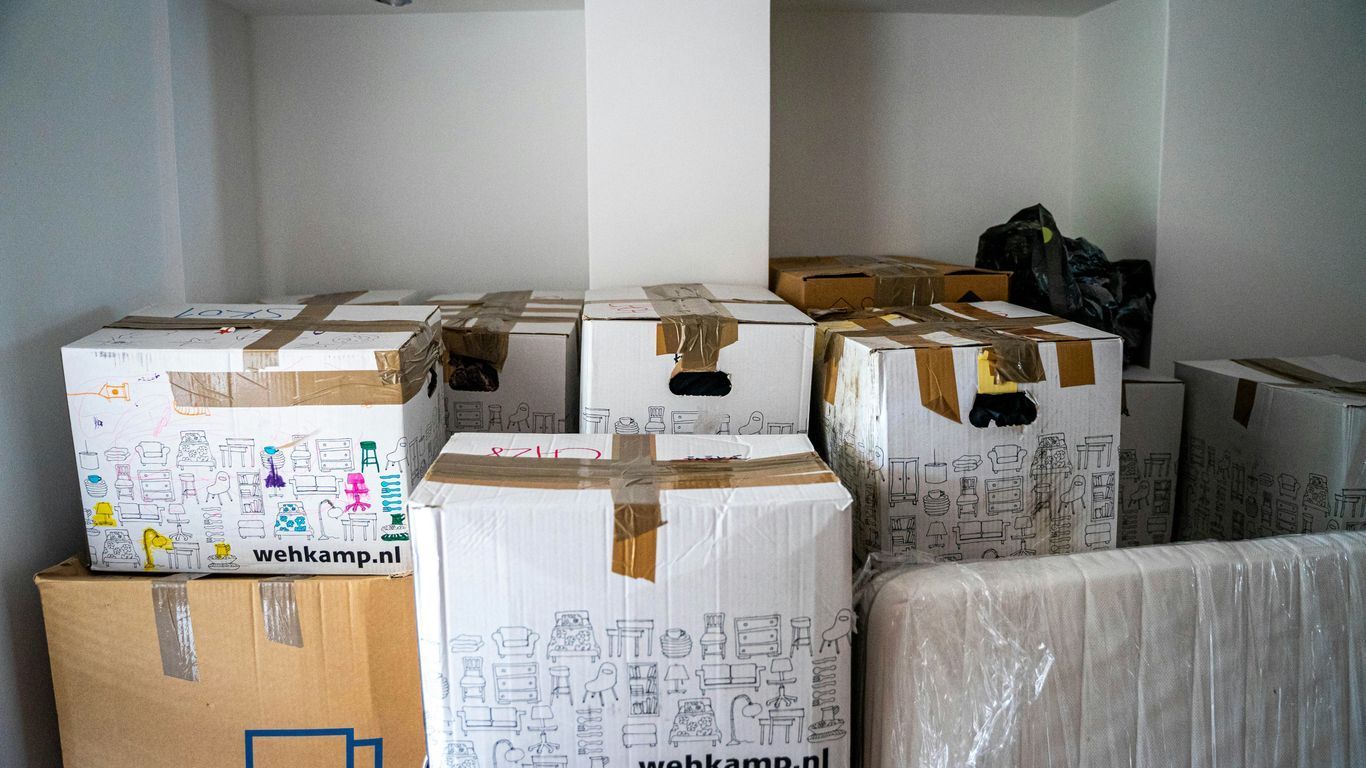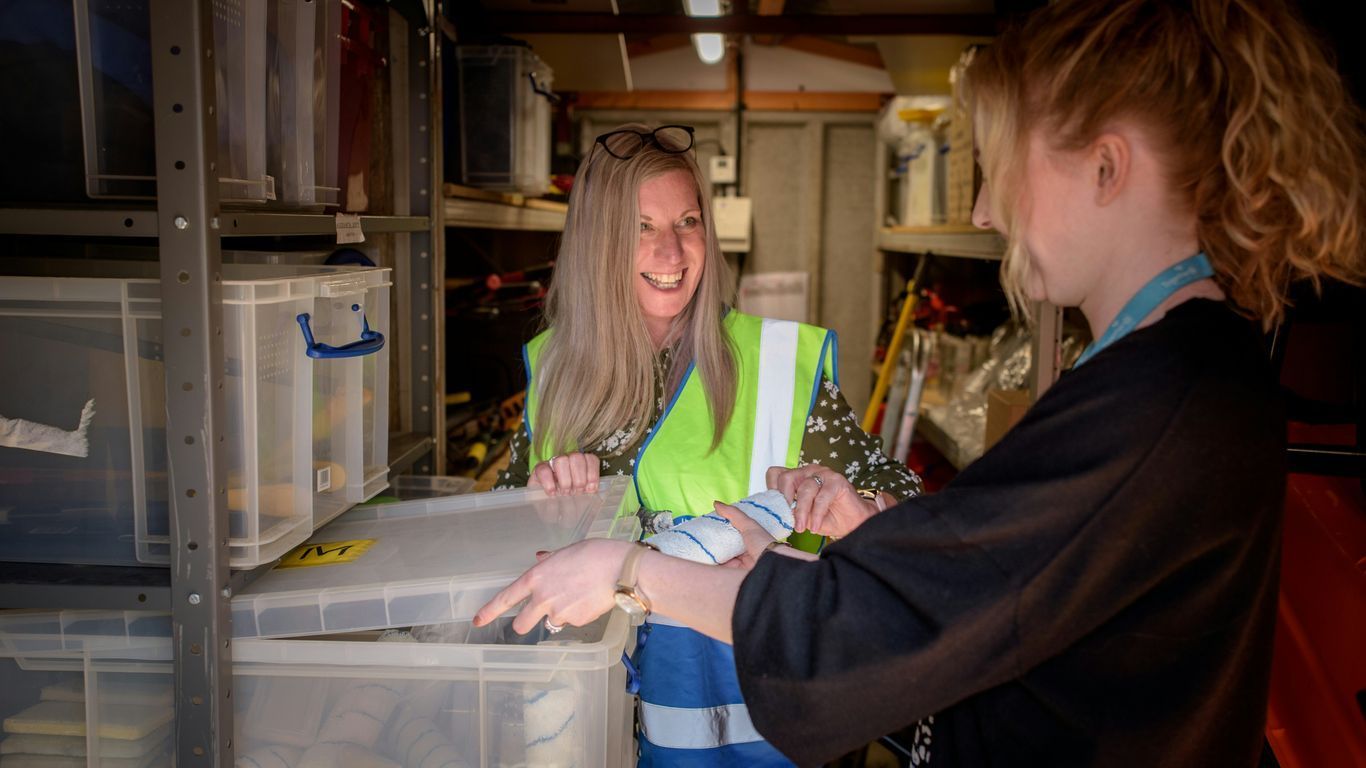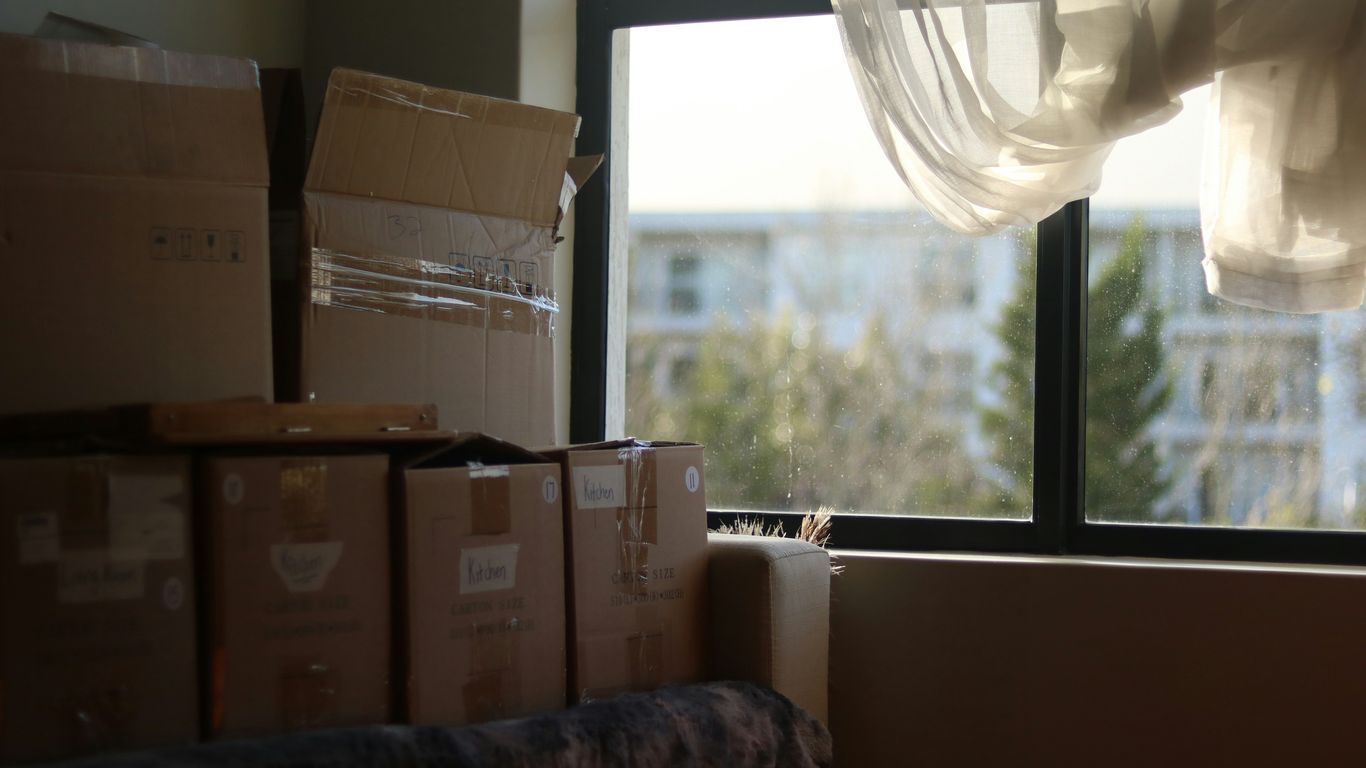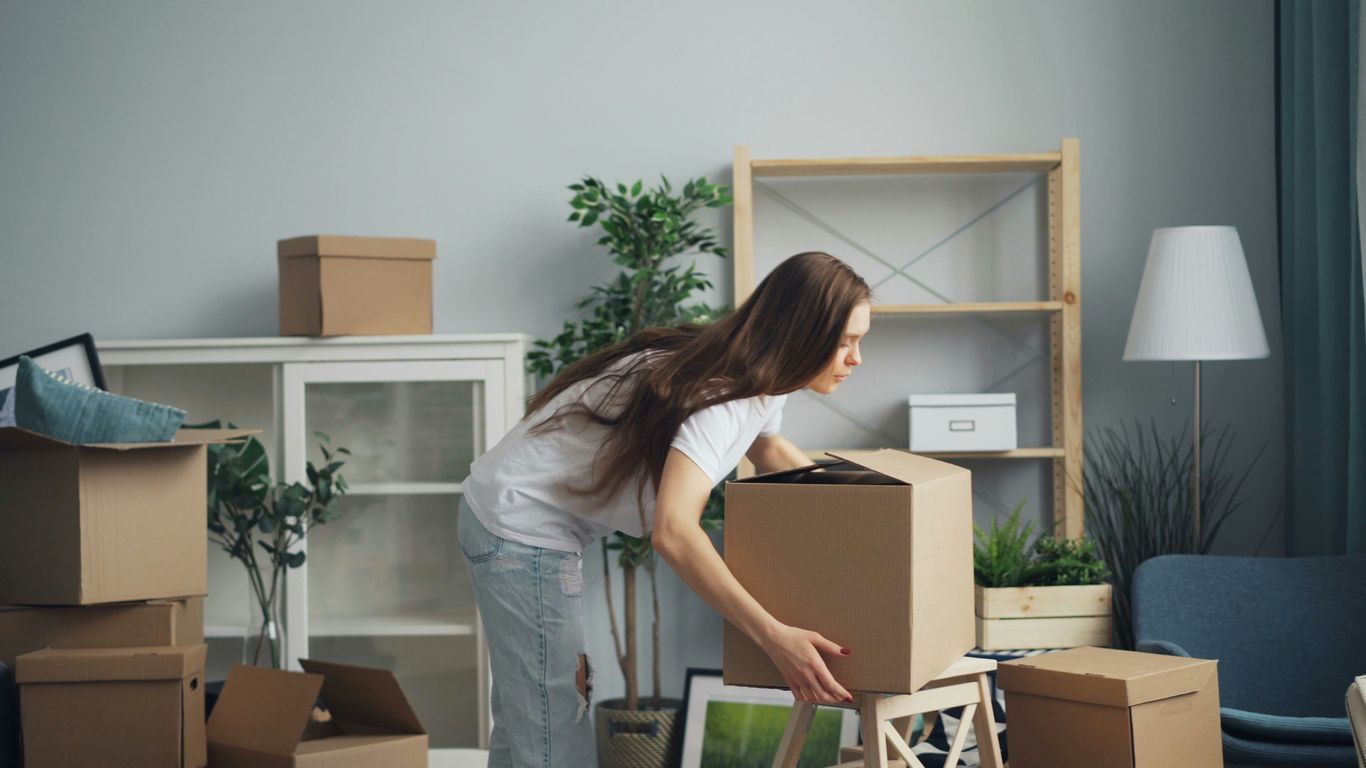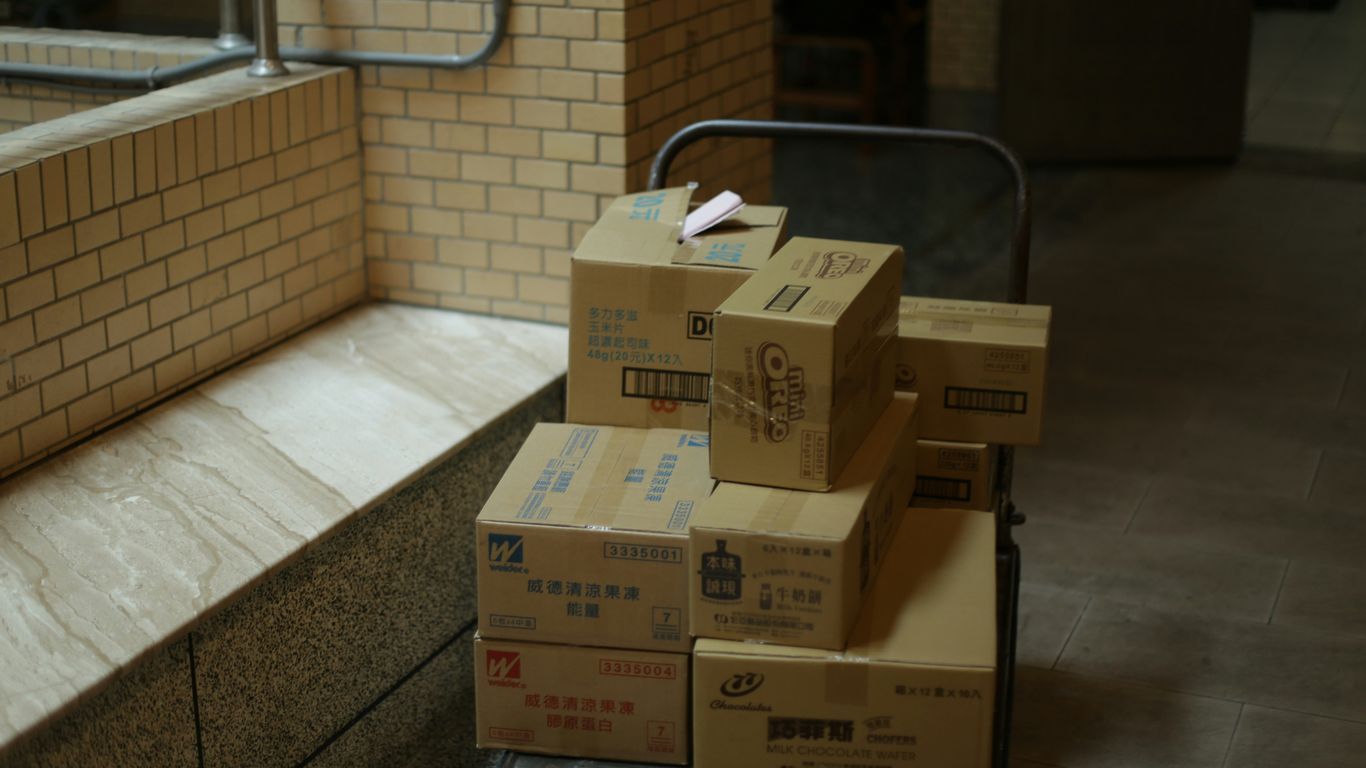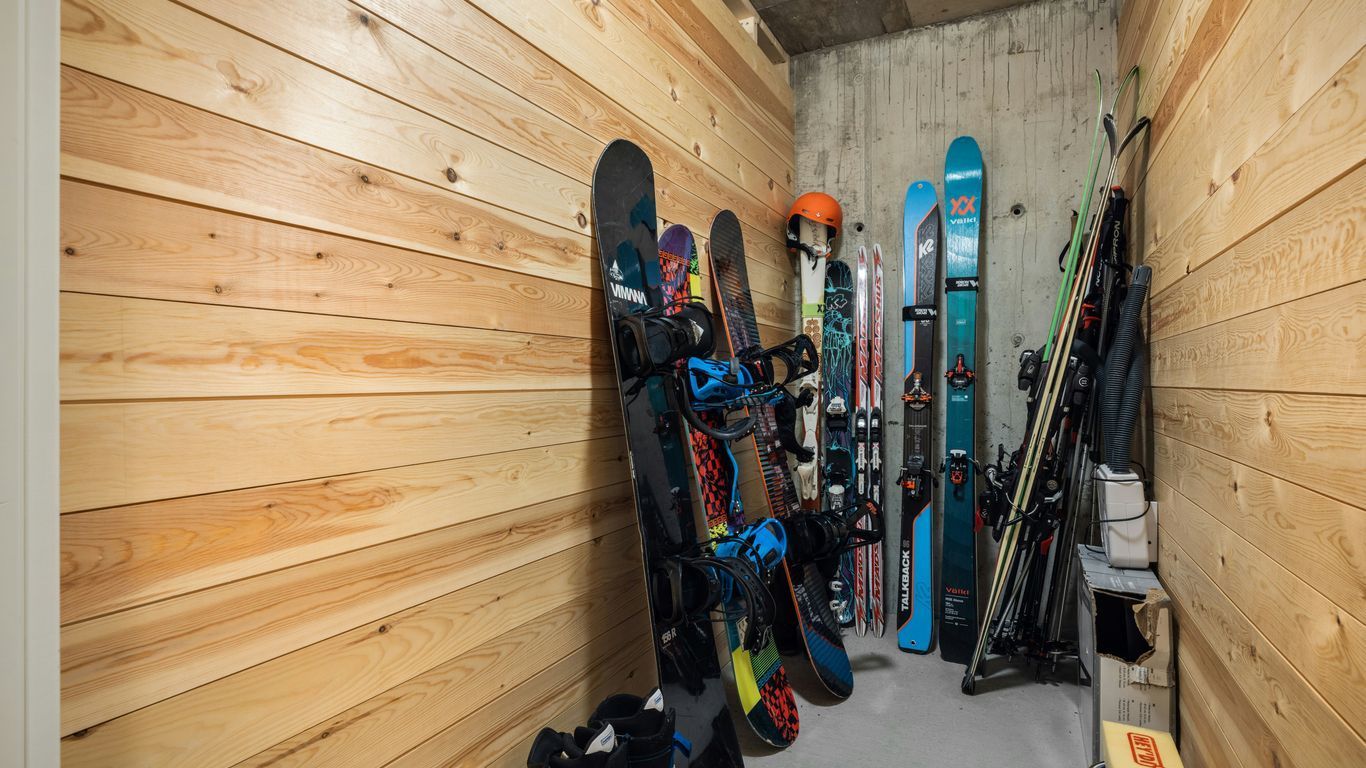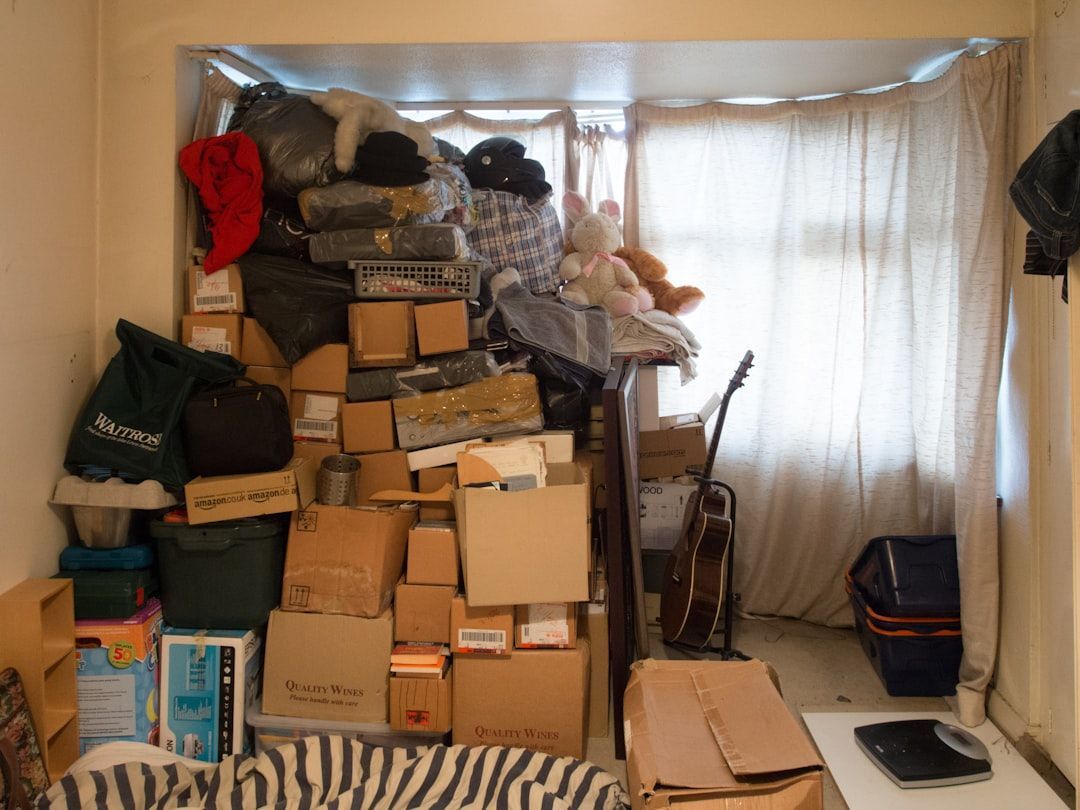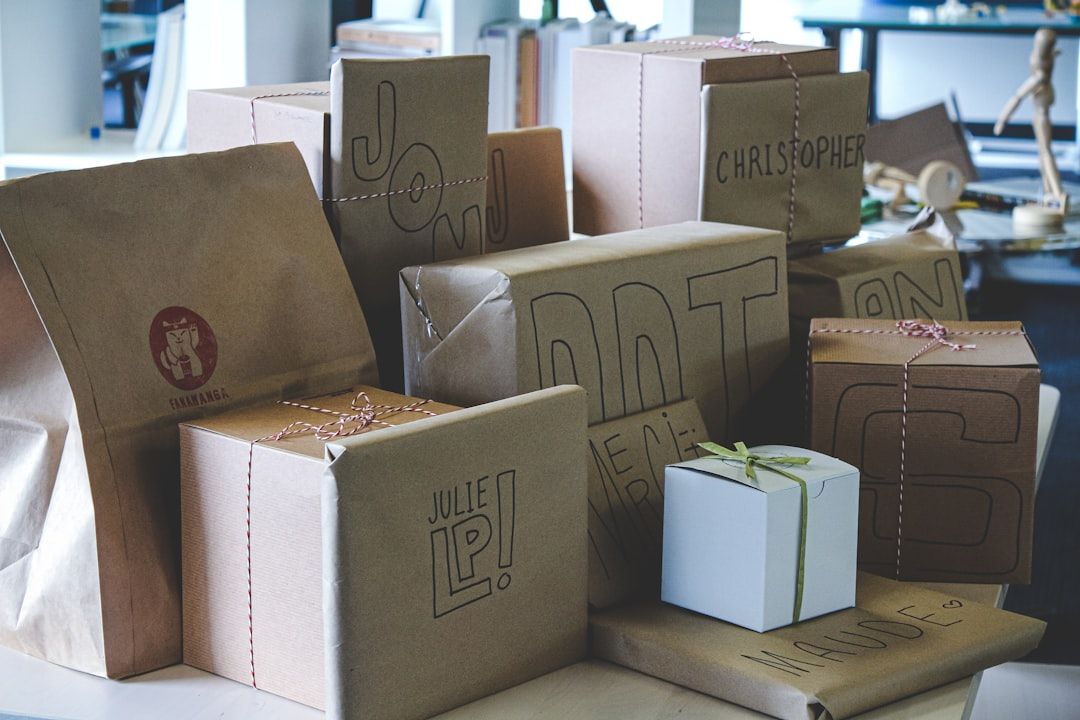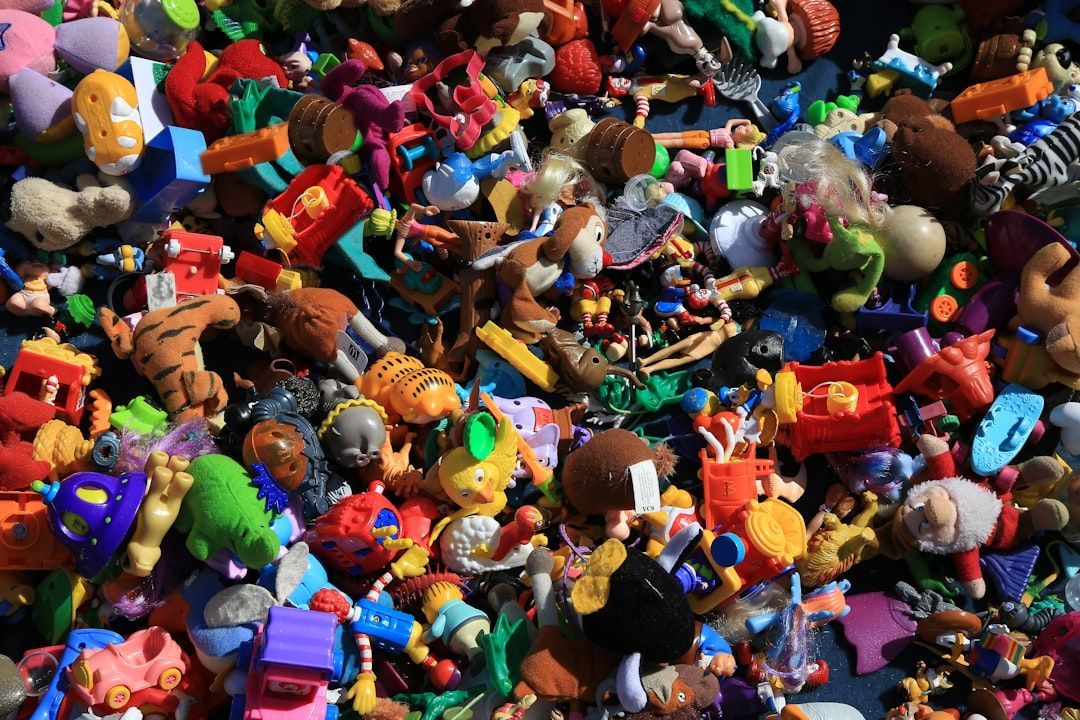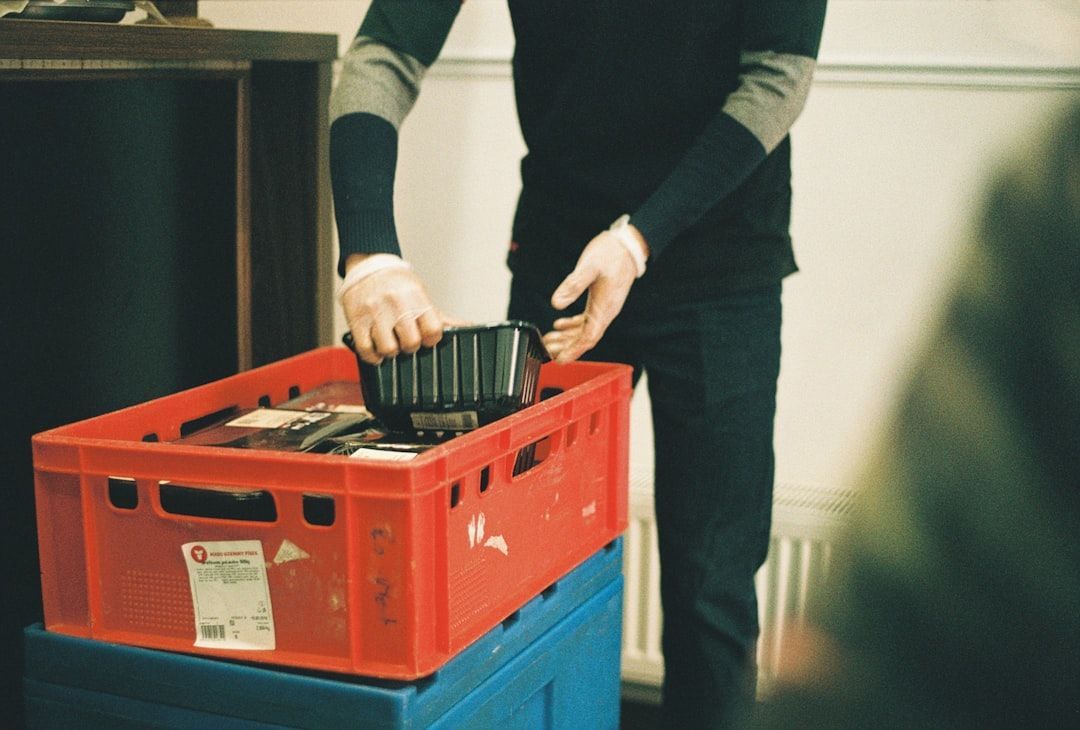How Families With Kids Use Storage to Stay Organized
Keeping a family organized when you have kids is no small task. Their things seem to multiply overnight—shoes by the door, toys in every room, and papers piling up on the kitchen counter. But with a few simple family storage organization tips, you can make life a bit less chaotic. The trick is to set up easy systems that even the youngest family members can help maintain. You don’t have to spend a fortune or overhaul your house; just a few smart tweaks can make a big difference.
Key Takeaways
- Give each family member their own hook, basket, or bin in entryways and mudrooms to keep shoes, bags, and coats from piling up.
- Use under-bed bins, wall shelves, and small cubbies in bedrooms to take advantage of every bit of space for storing clothes, toys, and books.
- Label storage bins with words, pictures, or colors so even little kids know where things go—this makes cleanup faster and easier for everyone.
- Set up a simple command center with pockets or folders for school papers, calendars, and reminders so nothing important gets lost in the shuffle.
- Encourage kids to help with cleanup by making storage easy to reach and rewarding them for putting things back where they belong.
Setting Up Kid-Friendly Entryway Storage
Making your entryway work for kids is a game changer. When everyone knows exactly where their things go, mornings stop being so frantic—well, a little less frantic anyway. Here’s how you can set up storage by the door that actually keeps up with family life.
Using Mudroom Bins for Shoes and Bags
Forget the shoe pile and backpack sprawl—open bins right by the entry make a huge difference. Shoe racks are fine for adults, but little sneakers just fall off or get jammed in weird corners. Assign each kid their own open bin for shoes and bags. It’s a good idea to choose bins with handles, or ones that are light enough for kids to pull out and put back on their own.
- Choose a bin for each family member and label it clearly.
- Place bins under a bench or on a shelf within easy reach.
- Remind kids to check their bin before leaving the house, so nothing gets forgotten.
When everyone has a spot for their own shoes and bags, it's amazing how much clutter disappears from your entryway.
Assigning Hooks and Baskets for Each Family Member
Nothing slows you down like hunting for a missing jacket or backpack. Assign a sturdy wall hook to each family member for jackets and bags. Shadow the system with a basket or cubby underneath for hats, gloves, or anything loose that otherwise ends up all over the floor.
- Mount hooks at your kids’ heights—no balancing acts needed.
- Use baskets for the little things: mittens, sunglasses, library books, or sports gear.
- Put names or color-coded tags above each hook and basket to reduce confusion or mid-morning arguments.
Creating a Station for Weather Gear
This one has saved me from so many rainy-day meltdowns. Build a small weather station right in your entryway for all the seasonal stuff that’s easy to lose. In winter, keep boots, hats, and mittens together; swap it out for sunscreen and hats in the warmer months.
A weather gear bin or cubby for grab-and-go essentials puts an end to last-second scrambling.
- Designate a tote or basket just for weather needs.
- Keep it near the door for fast access.
- Make it a routine: the last person in puts away everyone’s gear so you’re ready for the next morning.
Sometimes the simplest systems save the most time. When gear has a home, you don’t have to start every day with a scavenger hunt.
Organizing Bedrooms With Smart Storage Solutions
Getting kids’ bedrooms organized can feel never-ending, but the right kind of storage helps stop clutter before it starts. Kids tend to keep items they use most close by, so the trick is making sure every item has a simple home that makes sense for them. Here’s how families can set up bedrooms that actually work for daily life, not just for show.
Designating Activity Zones for Kids
Breaking up a bedroom into specific areas helps kids use their space better and keeps messes smaller. This could look like:
- A reading nook with a cozy chair and a small bookshelf.
- A spot for art projects with a table and easy-to-clean bins for supplies.
- A play area with an open rug and storage cubbies nearby.
When a bedroom has clear zones, everything doesn’t end up in a single heap in the corner. Kids know where to go for their favorite activities, and returning items gets a lot easier.
Maximizing Under-Bed and Wall Storage
Don’t let all that space under the bed or along the walls go unused. Rolling bins on wheels fit perfectly under most beds—stuffed animals, puzzles, or off-season clothes can disappear here when not needed. For walls, hanging shelves or wall-mounted cubes put books, trophies, and favorite art within reach, but off the floor. If you’re tight on room or just want things easier to grab, take a look at vertical wall storage ideas that go up instead of out.
Incorporating Child-Sized Furniture and Cubbies
Child-sized dressers and low storage units make a massive difference because they let kids reach what they need without help. Consider:
- Small cubby shelves for shoes, socks, or stuffed toy collections.
- Dressers with wide drawers, low to the ground.
- Benches with built-in bins where kids can stash pajamas or blankets.
Furniture that doubles up—like beds with drawers or benches with cubbies—also means less furniture overall. That gives kids more room to play and keeps cleanup less overwhelming.
Rotating Toys to Simplify Cleanup
It’s tempting to keep everything out at once, but too many toys can make cleanup hard. Try toy rotation:
- Store some toys in a closet or under-bed bin.
- Only keep out what fits on shelves or in a toybox.
- Every month, swap a few items in and out to keep things fresh and exciting.
Smart toy rotation not only makes sense for space, but also keeps kids interested in less. They’re less likely to dump everything out to find the one item they want, and cleanup time drops too.
In the end, bedroom storage isn’t about giving up style or fun—it’s about making it easy for kids to use their own space every day without constant stress for you. A little planning and the right bins or cubbies go a long way.
Designing Functional Playroom Storage
A playroom ought to be a place where the kids can actually play—but most parents know it’s also the fastest room to become a disaster zone. Managing all those blocks, dolls, and art supplies takes a little planning.
Choosing Open Shelving for Easy Access
Open shelving is a game-changer in the playroom. Instead of constantly digging for lost pieces in big toy boxes, shelves allow you and your kids to see exactly what’s available. Place lower shelves within reach so little ones can grab their favorite toys (or put them away) without help. Higher up, store the messier or less-used items so they aren’t underfoot all the time. If you have open shelving, try:
- Arranging books, puzzles, and frequently played toys on the lowest levels
- Using baskets or bins to group small items
- Leaving some space open, so the area doesn't get too cluttered
An organized shelf makes it easier for kids to pick what they actually want, and it helps avoid those legendary under-bed monster hunts.
Labeling Bins for Toy Organization
Labeling bins truly cuts down on confusion—no more guessing where the blocks are, no more dumping everything out to find a single stuffed animal. If your kids are pre-readers, use simple pictures or icons for each type of toy. Kids who can read can have clearly marked bins with words. When labeling:
- Choose waterproof labels so they last
- Stick with clear, direct categories like "Cars," "Art Supplies," or "Dress-Up"
- Involve the whole family in creating the labels—kids love helping decorate their play space
A little effort upfront with labeling keeps tiny items from disappearing forever, and encourages kids to return things to the correct spot.
Creating Reading and Art Nooks
Every playroom needs a small, comfy nook, even if yours is just a corner. Pile a few soft mats and some throw pillows near a low bookshelf for a reading zone. To set up an art nook, all you really need is a child-sized table and a bin of coloring supplies. Make sure the area is easy to tidy—keep a trash can nearby and baskets for craft leftovers.
Consider these simple steps for both:
- Pick a spot away from the main play area to minimize distractions
- Add soft lighting, like a lamp or string lights, for cozy reading
- For art, protect the table with a washable cover and supply aprons if needed
Keeping storage flexible and accessible in these areas will help your kids get creative—and make clean-up less of a battle after the fun is done.
Optimizing Garage Storage For Family Needs
The garage is more than just a place to keep the car—when you’ve got kids, it fills up fast with bikes, balls, tools, and bins of stuff you swore you’d sort out by now. Turning your garage into a place where everyone can quickly find (and put away) what they need makes family life run smoother, especially during those busy mornings.
Making Space for Sports Equipment
If you’ve got active kids, you’ll notice bats, balls, and helmets pile up everywhere. Instead of tripping over soccer gear or digging for skates, try:
- Wall-mounted hooks for bats, backpacks, and ropes
- Vertical racks for standing up skateboards and scooters
- Mesh bins or baskets to toss balls in fast
Keeping sports gear off the ground creates a clear walkway and helps kids grab what they need without calling you every time.
Installing Adjustable Shelving for Growth
Kids don’t stay the same size (or stick to one hobby), and their stuff changes just as quickly. Adjustable shelves and cabinets let you:
- Move shelves up for bigger bikes or gear
- Lower storage for toddlers’ toys and then shift it as they grow
- Reorganize as new interests pop up
If you plan your storage for growth, you’re less likely to end up with wasted space or messy corners. A smart tip? Once a year, sort out what’s still needed and pass on the rest to keep clutter down. There’s more on this over at family storage tips for every stage.
Storing Seasonal Items Safely
Seasonal stuff—skis, pool floats, Christmas lights—can easily take over. Use overhead racks or high shelves for these, so you’re not digging through off-season gear every weekend. Here’s a solid way to rotate:
- Store current season items down low
- Put out-of-season gear up high
- Swap items twice a year to keep things fresh
This system keeps kids from getting tangled in things they don’t need right now, and stops your garage from feeling like an obstacle course.
Using Clear Bins and Labels for Easy Finding
Nothing stalls a morning faster than everyone searching for lost gloves or camping lanterns. Clear bins make it easy to spot things you need, and labels help everyone know where things belong.
If each bin and shelf has a name or a purpose, cleanup gets faster—not perfect, but just enough to save your sanity after a long day.
Don’t overthink it—simple labeling and see-through containers can make a world of difference when you’re in a hurry. By planning your garage with everyone in mind, it becomes less of a stress zone and more of a family-friendly launchpad for every adventure.
Personalizing Storage With Labels and Custom Features
Adding labels and custom touches to your family's storage isn't just about making things look good—it's about making daily life a bit easier for everyone. When everything has a clear place, cleanup stops feeling like punishment and starts to become a habit, even for the little ones. Labels, color-coding, and photos aren't just decorations—they're tools for growing independence and smoother routines.
Teaching Kids to Use Labels
The trick to staying organized as a family is getting everyone on the same page. Labels turn every bin and shelf into clear directions, not just hiding spots. Start with these steps:
- Use words for kids who are reading and simple pictures for younger ones.
- Place labels at kid-eye level so they can find things without help.
- Refresh labels as kids get older or interests change, so everything stays current.
Labeling isn’t about controlling where things go—it’s about helping everyone in the family know what goes where, without second guessing.
Incorporating Photos for Pre-Readers
If you’ve got little kids who aren’t reading quite yet, words won’t do much. That’s where photos come in. Snap a quick picture of the toy or clothing that belongs inside the bin. Tape it right next to the label. Suddenly, even toddlers can match items without asking for help.
- Photos make it easy for everyone to pitch in—no excuses.
- Bigger, bolder images work better so kids spot them at a glance.
- Change out the photos if the contents of the storage change.
Color-Coding Storage for Family Members
Color-coding is simple but packs a punch, especially in shared spaces. You assign each family member a different color: blue for one kid’s toy bins, green for another’s hooks, orange for seasonal hats. This way, it’s immediately obvious whose stuff is whose.
Some ways to work color-coding into your routine:
- Use colorful folders, bins, or even dots of colored tape as markers.
- Match colors across new labels, baskets, or storage zones.
- Stick to easy-to-tell-apart shades to keep things simple.
Besides just keeping your home more organized, color-coding is an easy way to teach young kids responsibility for their things—and prevent arguments about whose soccer cleats got left out. And when you store keepsakes long-term, clear, labeled bins keep things organized for review or digital backup later, as explained in tips for decluttering sentimental items.
Personal touches make your storage systems feel like part of everyday life, rather than just another chore. And if you involve your kids in choosing colors or making labels, you'll probably get more buy-in when it's cleanup time.
Streamlining Family Calendars and Paperwork
Keeping on top of paperwork and schedules can get crazy fast when you have kids. There always seems to be another flyer from school, a field trip permission slip to sign, or a birthday party RSVP hiding somewhere in last week’s mail. Streamlining the way you handle family calendars and paperwork can turn daily chaos into something a lot more manageable.
Setting Up a Family Command Center
Try making one spot in your house “command central” for all the important papers and schedules. This doesn't need to be fancy – a section of the kitchen counter, a wall near the front door, or even part of your mudroom will work just fine. What really matters is keeping everything together in one place so nothing gets lost. Here’s how to get started:
- Hang a whiteboard or magnetic calendar where everyone can jot down appointments, practice times, and reminders.
- Use wall pockets, file folders, or sturdy baskets for incoming mail, permission slips, and school flyers.
- Stash a notepad and pens nearby for quick notes, grocery lists, or daily reminders.
Having all your paperwork and schedules in one spot keeps surprises to a minimum, and you won’t have to waste time searching for last-minute forms anymore.
If you're minimizing paperwork around the house, digitizing documents and setting up simple filing systems can save space and time, as suggested in helpful resources like decluttering and organizing garages, basements, and attics.
Assigning Pockets for Schoolwork and Memos
There’s always something coming home in your kid’s backpack, and it all needs a spot. Assign a pocket, folder, or cubby to each child. Make sure it’s labeled clearly — either with their name or a fun sticker — so papers go to the right place every time.
Organize pockets by using these tips:
- Use a different color for each family member’s folder.
- Sort incoming papers every few days: forms that need a signature, finished artwork, or info to save for later.
- Throw out what you don’t need — nobody needs to keep every single worksheet or old lunch menu.
Centralizing Calendars for Everyone’s Visibility
Having one main family calendar (even if everyone keeps a digital calendar too) is a small change that makes a really big difference. When the calendar is right where everyone can see it, missed events become a thing of the past. Try these calendar tips:
- Pick a central spot—like beside the fridge or near the front door.
- Color-code entries so each family member’s plans are easy to spot.
- Make updating the calendar a habit. Check it every night before bed so everyone starts each day on the same page.
A few tweaks to the way you handle school papers and calendars can help the whole house feel less like a pile of to-dos and more like a place where everyone knows what’s coming next. It might not fix everything, but you’ll definitely spend less time digging through stacks of paper looking for that missing field trip slip.
Encouraging Kids to Take Ownership of Organization
Getting kids involved in organizing isn’t just about having a tidy space—it’s about helping them feel responsible for their own things. When children see that their efforts have a real impact on the family home, it starts to click. Here’s how to help them take charge without turning organizing into just another chore.
Creating Cleanup Routines
Kids need routines to make good habits stick. Try setting up predictable cleanup times, like before dinner or after play. Here’s what works for us:
- Pick a consistent time each day for a quick family tidy-up.
- Make it specific—"Let’s put away all the LEGOs before dinner, then books after stories."
- Use a simple checklist or chart. For younger kids, stickers for completed jobs make cleanup fun.
Being consistent with the routine is more important than being perfect. Some days it’ll be quick and easy; other days, not so much. But sticking with it pays off in the long run.
Making Storage Accessible to Children
If you want kids to actually use the storage you set up, it has to make sense to them. Store toys and clothes within easy reach—no climbing needed. Go for bins and baskets they can lift, shelves at kid-height, and hooks they don't need to jump for.
- Lower shelves for everyday items, higher ones for grownup things or off-season stuff
- Labeled and clear bins so they know where everything goes
- Cubbies with their names or pictures for school bags or favorite toys
If it’s not easy for them to put things back, they just won’t do it.
Rewarding Organized Habits
A little recognition can go a long way, especially in the beginning. Try these ways to motivate and celebrate:
- Point out and praise effort, not just the result ("I noticed you put all your blocks away!")
- Token rewards: stickers, ten extra minutes of bedtime stories, or their pick of the next weekend movie
- Let them have a say—maybe they choose a small treat or pick what’s for dinner on Fridays if the week went well
Over time, the best reward for kids might be how much easier it is to find what they need, or the simple pride that comes with looking after their own space. Sometimes it takes a while for that to show, but it’s worth waiting for.
Helping kids learn to stay organized can be fun and rewarding. When children are in charge of putting away their things, it builds good habits for life. Want more tips on how to help your family stay neat? Visit our website to discover easy ideas and storage solutions that work for everyone!
Conclusion
Staying organized as a family with kids isn’t always easy, but a few smart storage ideas can make a big difference. When everything has a place—whether it’s shoes in labeled bins, toys in clear boxes, or jackets on their own hooks—life just runs smoother. Kids are more likely to help out when the systems are simple and easy for them to use. Plus, you’ll spend less time hunting for lost stuff and more time actually enjoying your home together. As your kids grow, your storage needs will change, so don’t be afraid to tweak things as you go. The main thing is to keep it practical and involve everyone in the process. In the end, a little effort up front means less chaos and a lot more calm for the whole family.
Frequently Asked Questions
How can I get my kids to actually use the storage systems we set up?
The best way is to make storage easy and fun for your kids. Use bins, baskets, or shelves that are at their height, and label everything clearly. You can even use pictures for younger kids who can’t read yet. Show your kids where things go, and practice putting items away together until it becomes a habit.
What’s the easiest way to organize shoes and bags in the entryway?
Try using open bins or baskets for shoes under a bench, and give each family member their own hook for bags and jackets. This makes it simple for everyone to drop off their things when they come in the door and grab them again when it’s time to leave.
How do I keep toys from taking over the whole house?
Set up different zones for toys and activities in bedrooms and playrooms. Use open shelves and labeled bins to sort toys by type. You can also rotate toys—keep some in storage and swap them out every few months so kids don’t get bored and cleanup is easier.
What’s a good way to organize sports equipment and outdoor gear in the garage?
Install shelves that can be moved as your kids grow, and use clear bins for smaller items so everyone can see what’s inside. Hang hooks for bikes and larger gear, and keep things like balls or helmets in labeled baskets. Make sure everything has a spot and is easy for kids to reach.
How can I help my child learn to stay organized?
Teach your child to use labels and color-coding for their bins and shelves. Make sure storage is easy to use—nothing too high or heavy. Start simple routines, like a quick cleanup before dinner, and praise your child when they put things away. Rewards or small prizes can help encourage good habits too.
What’s a family command center, and do I need one?
A family command center is a spot where you keep important papers, schoolwork, and calendars. It helps everyone know what’s going on. You don’t need anything fancy—a wall folder or a few pockets by the door can work. The main thing is to keep it in a place where everyone can see and use it.

